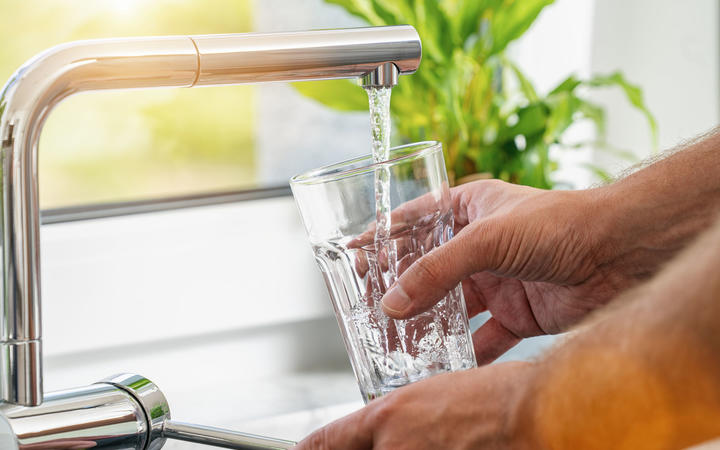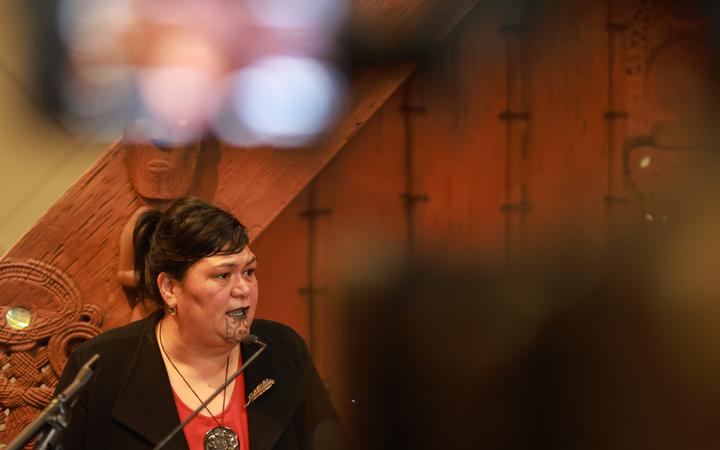Household water – running through pipes and out taps – could incur a bill of $14,000 a year in coming decades.
 The studies estimate $120 billion to $185b investment will be needed over 30 years, but say water-related jobs and infrastructure spending could mean a $14b to $23b boost in GDP. Photo: 123RF
The studies estimate $120 billion to $185b investment will be needed over 30 years, but say water-related jobs and infrastructure spending could mean a $14b to $23b boost in GDP. Photo: 123RF
A ream of studies released today in the government’s drive to overhaul New Zealand’s decrepit and sometimes dangerous water systems, forecast $120 billion to $185 billion in extra investment would be needed by 2051.
“Difficult political decisions about charging” is one of the most immediate challenges, analysts say.
The systems for drinking water, stormwater and sewage (Three Waters) were badly exposed by the fatal Havelock North drinking water contamination of 2017.
The government said the studies released today reinforced that urgent reform was needed to make upgrades countrywide more affordable.
The studies foresee huge investment and big costs, but also massive benefits of about $14b to $23b in GDP through water-related jobs and infrastructure spending.
 The studies predict the creation of many water-related jobs alongside the huge investment that will be required. Photo: 123RF
The studies predict the creation of many water-related jobs alongside the huge investment that will be required. Photo: 123RF
Paying for the upgrades could force up water services costs by between two and 13 times.
The biggest increases would be in rural areas, though these might also benefit most from the extra growth, the studies said.
In the worst of the many scenarios modelled across 600 pages of studies, based on raw data from the 70 or so local councils, the highest average household water bill would rise to almost $13,900 in three decades.
Rural councils could face water cost rises up to 1300 percent.
This is if there is no reform in who delivers water services, but if new management bodies are set up, those water bills could be limited to $800-$1600 in 2051, the analyses, led by the Water Industry Commission for Scotland, suggest.
Fewer water entities – say, between one and four – would result in less variation in average household bills across the country, the commission said.
‘How much regional variation in charges?’
Water reforms in Scotland are held up as the model. There, per-unit costs of water had nearly halved since 2002 and the average household Three Waters bill was $NZ750.
Services in New Zealand would only have to become 15 percent more efficient for councils to win out financially from the reform, the Scottish commission said.
Its report for Taumata Arowai, the water regulator set up in 2019, put the onus on the government, not councils, to make the big calls, about how prices would be set. It asked: “How much regional variation in charges is acceptable?”
Should it be purely user-pays or “should there be a social cross subsidy?”
“How will charging policy impact on creating the right incentives to deal with adaptation to climate change?”
Among the critical factors a reform had to get right were scale, management, and environmental regulation, the commission said.
Whether water services were privately or publicly owned was not necessarily key, and Scotland had “proven that public ownership is no barrier” to top performance.
“Assuming similar approaches to governance and regulation and effective management, there is no obvious reason why New Zealand cannot at least match what has been achieved in Scotland,” it said.
Local Government Minister Nanaia Mahuta said work was going on alongside councils and iwi to combine the country’s 67 council-owned and managed water service providers into a small number of publicly owned providers.
Local Government New Zealand (LGNZ) insists any reform must be voluntary.
LGNZ President Stuart Crosby, who is also on the Three Waters working group, said councils still needed more information before they could decide whether to opt in to reforms that would affect infrastructure they owned.
Warnings about cost and time
Engineering firm Beca reviewed the Water Industry Commission for Scotland’s analysis.
It warned the commission might be underestimating the costs to come, and how long it would take to make the changes.
The commission itself warned local councils were being overly optimistic in identifying just $50b of upgrades.
First stage government funding around reform already amounts to $760 million.
On the upside, consultancy Deloitte estimated the overhauled system would “deliver large economic benefits” due to water’s fundamental role in the economy, including the creation of 5800 to 9300 jobs.
The regions benefiting most, relative to size, would be the East Coast (a $190m to $290m GDP boost across 30 years), West Coast ($150m-$190m), Manawatū-Whanganui, Marlborough and Otago, Deloitte forecast.
Auckland would benefit by at least $2b-$3.3b.
Mahuta said decisions on reform would be made in coming months.
“It is clear the affordability challenges facing our water infrastructure are too great for councils alone,” she said.
 Nanaia Mahuta says councils will not be able to bear the costs alone. Photo: RNZ / Dom Thomas
Nanaia Mahuta says councils will not be able to bear the costs alone. Photo: RNZ / Dom Thomas
Crosby said they expected the Cabinet to decide in July on what new entities should be set up, then councils would have till about November to look at all the data.
“To understand all the consequences and what remedies could be given to councils if they remain opted in, and also the consequences if they choose to opt out,” Crosby said.
He said councils could manage drinking water on their own, but not wastewater and stormwater, and all three had to stay integrated.
Crosby said the government had been very open with councils so far.
